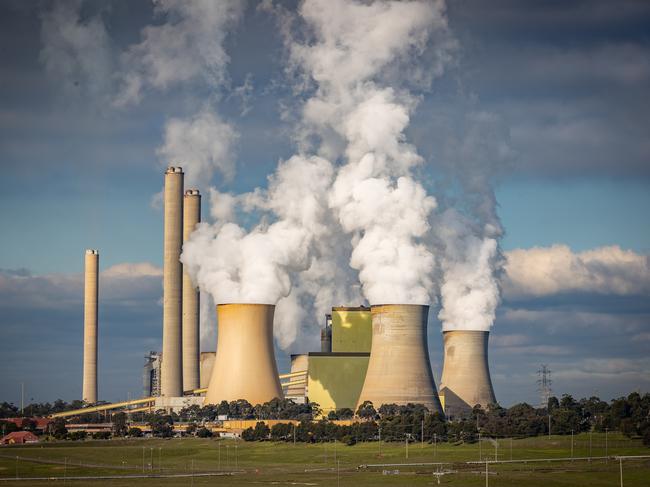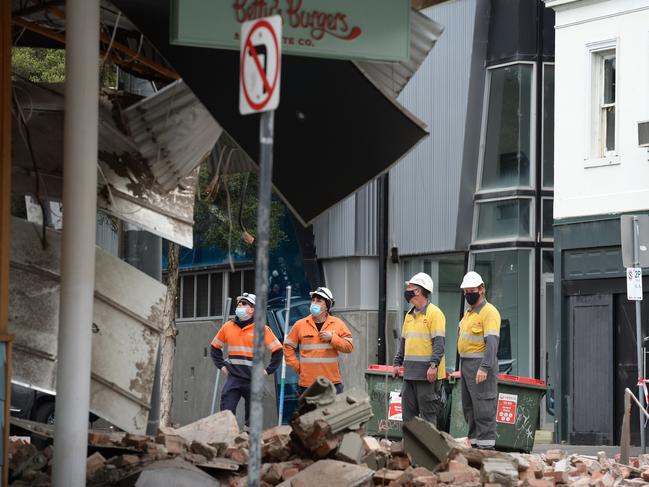Gippsland a hotspot for seismic activity: Nuclear plant design must factor that in, experts say
A proposed nuclear power plant at Loy Yang would need design and construction elements to cope with frequent seismic events, experts say.
News
Don't miss out on the headlines from News. Followed categories will be added to My News.
With some 700 earthquakes in Gippsland since 1960, a Victorian nuclear power plant at Loy Yang would need design elements to cope with minor, moderate and possible high-risk magnitude seismic events.
Under Opposition Leader Peter Dutton’s energy proposal, seven nuclear reactors will be built at previous or retiring coal-fired generation plants include Loy Yang, near Traralgon.
But Loy Yang is just 33km from where a 5.4 magnitude earthquake was recorded near Moe in 2012, one of the biggest seismic events in eastern Victoria since instrumental readings began in 1960, and which caused minor structural cracking to some properties, while a 5.9 magnitude struck 36km away near Rawson in 2021.
On average, 10 quakes occur in Gippsland each year, most in the 2-3 magnitude range, according to Geoscience Australia senior seismologist Hugh Glanville.
But Gippsland experiences higher magnitude 4-6 earthquakes – which are known to cause some structural damage – on average once every three years.
“It’s one of the higher spots in Australia (for seismic activity),” Mr Glanville said.


Along with the Flinders Ranges in SA, southwest WA and northwest offshore WA, Gippsland is one of the most active seismic regions in Australia.
“The seismicity of the Gippsland region is pretty well understood,” Australian Earthquake Engineering Society earthquake geologist Dee Ninis said. “You are probably better off building in a region where you do understand earthquakes – when you do understand the region well, you can provide information to engineers so design elements can be factored in.”
Seismic understanding has been used in France, South Korea, the US and Japan, with automatic shutdown triggers and structural integrity to survive 7.75 magnitude events.
Australia’s biggest recorded earthquake since European settlement was magnitude 6.6 at Tennant Creek in 1988, and the most deadly was 5.6 at Newcastle in 1989, when 13 people died.



